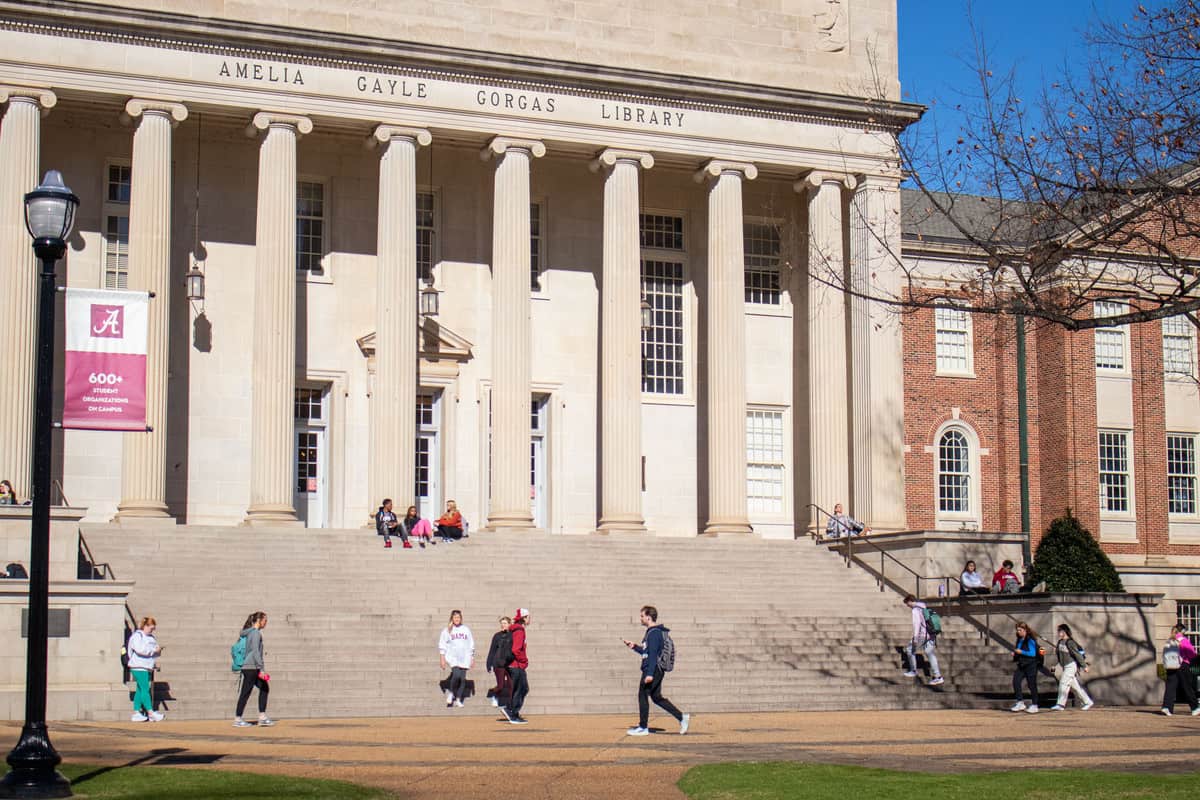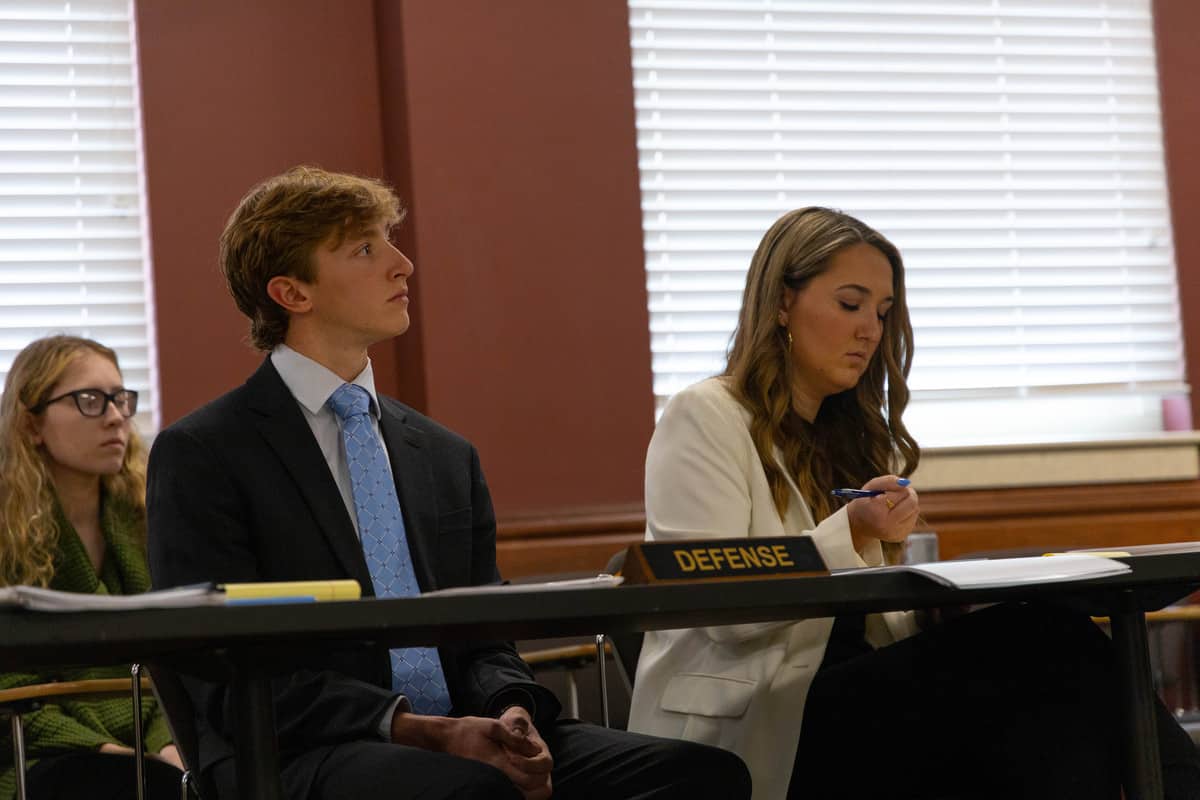For many students, Tuscaloosa is home away from home. In fact, it is a $1.6 billion home, or at least that is what the Center for Business and Economic Research estimates The University of Alabama community brought to Tuscaloosa in 2011-12.
Despite its significant economic impact, money is not the only thing that the students bring to town. There’s also the traffic, the construction and the partying. As the University continues to grow, so do the challenges for Tuscaloosa’s permanent residents.
“It seems as if wherever there’s large clusters of students living next to neighborhoods, there’s frequently problems,” said Joan Barth, president of Tuscaloosa Neighbors Together. “Those problems can be lack of upkeep of the properties because of the landlords, they could be noise and disturbances because of the students partying and they could be traffic coming through the neighborhoods because people are drunk.”
Tuscaloosa Neighbors Together, founded in 2005, provides a voice for Tuscaloosa neighborhoods in city affairs, particularly those relating to development. The organization opposes high-density student housing developments being built near residential neighborhoods.
Wherever a high-density student housing complex is built, it often brings an increase in traffic, an increase in noise and failure by both the students and the landlord to maintain the property. The neighborhoods surrounding these complexes are then forced to deal with the spillover effects of this sudden influx of students.
“One of the biggest problems that those neighborhoods face is students who will go to a bar in the downtown area and drink,” Barth said. “There’s been a number of reports from people living in those neighborhoods of students who are drunk doing damage to their homes and walking into their homes drunk. It’s a persistent problem.”
Naz Syed, a junior majoring in secondary education and math, has lived in Tuscaloosa since she was two years old. Syed said growing up here, she has noticed tensions between UA students and Tuscaloosa residents.
“I feel like [residents] always get annoyed by [students],” Syed said. “I know my parents, before I started going here, would be like ‘Ugh, all the students are back.’ They leave trash everywhere and are loud.”
Barth and Tim Higgins, co-founders of Preserve Tuscaloosa, agree that many of the problems between students and residents can be traced to the city’s lack of discretion in building student housing developments.
“I don’t put the blame on the University, I put it on the city and the planning department for not having a clear plan of what they want,” Higgins said.
Higgins, who graduated from The University of Alabama in 2008, said it’s important that the school doesn’t exclude the rest of the community.
“The University and the city are married to each other indefinitely,” Higgins said. “We need to make sure that we’re growing the University in a way that we don’t lose our downtown and that the town doesn’t become just a college town.”
Barth said most issues residents have with students aren’t caused by the students themselves, but by the close proximity in which the two groups live. Despite these issues, residents still have a generally positive opinion of students, she said.
“I feel like people see a lot of good that students do for the community,” Barth said. “For every person who has a complaint about a student in their neighborhood, you can find other students who are living just fine and who are good citizens in the neighborhood.”
Courtney Thomas, director of the Community Service Center, works every day with students whom she believes make a positive impact on the community.
“I have not met a student yet that says they don’t like being [in Tuscaloosa],” Thomas said. “They love being a part of the community, and they love knowing that it’s their community too. They love that ownership of when they give back, feeling that they did good for their home, that they’ve impacted their street, that they’ve impacted their neighbors.”
In September 2013, UA students contributed an estimated 6,216 hours of volunteer work in Tuscaloosa. If each of these students had been paid minimum wage, that would account for $45,066 worth of labor.
Thomas said the entire student population shouldn’t be held accountable for the actions of a few students.
“There can be one person that [makes] a bad choice, and it taints everyone’s perception of everyone else in the group,” Thomas said. “Just because a few students may go out and do something that is negative or disruptive to the community, that doesn’t mean that 32,000 students would do the same thing.”
With that in mind, widespread awareness of students’ community service could improve relations between residents and students, Thomas said.
“I would think that if we continue to talk about the good our students do, then the people who feel disheartened by what they’ve read in the paper about a few students will begin to change their perception,” Thomas said. “I believe that they all want to believe that students do good, and we just have to show them how much they do.”
Barth said another step toward improving the resident-student relationship starts at home.
“I think probably the most important thing is to be good neighbors,” Barth said. “Respect the fact that the people living around you aren’t students and that they own their homes, and that that’s a pretty big investment. I think the other advice that I would give is to meet the people around you. Get to know them, so that if you have a problem, you can talk about it.”
Residents and students may have their differences, but they do share one thing in common – their home.
“I came here as a student, and I’m still here now, and it’s my home,” Higgins said. “Like they say, home is where the heart is. If your heart is in Tuscaloosa, that’s your home.”






